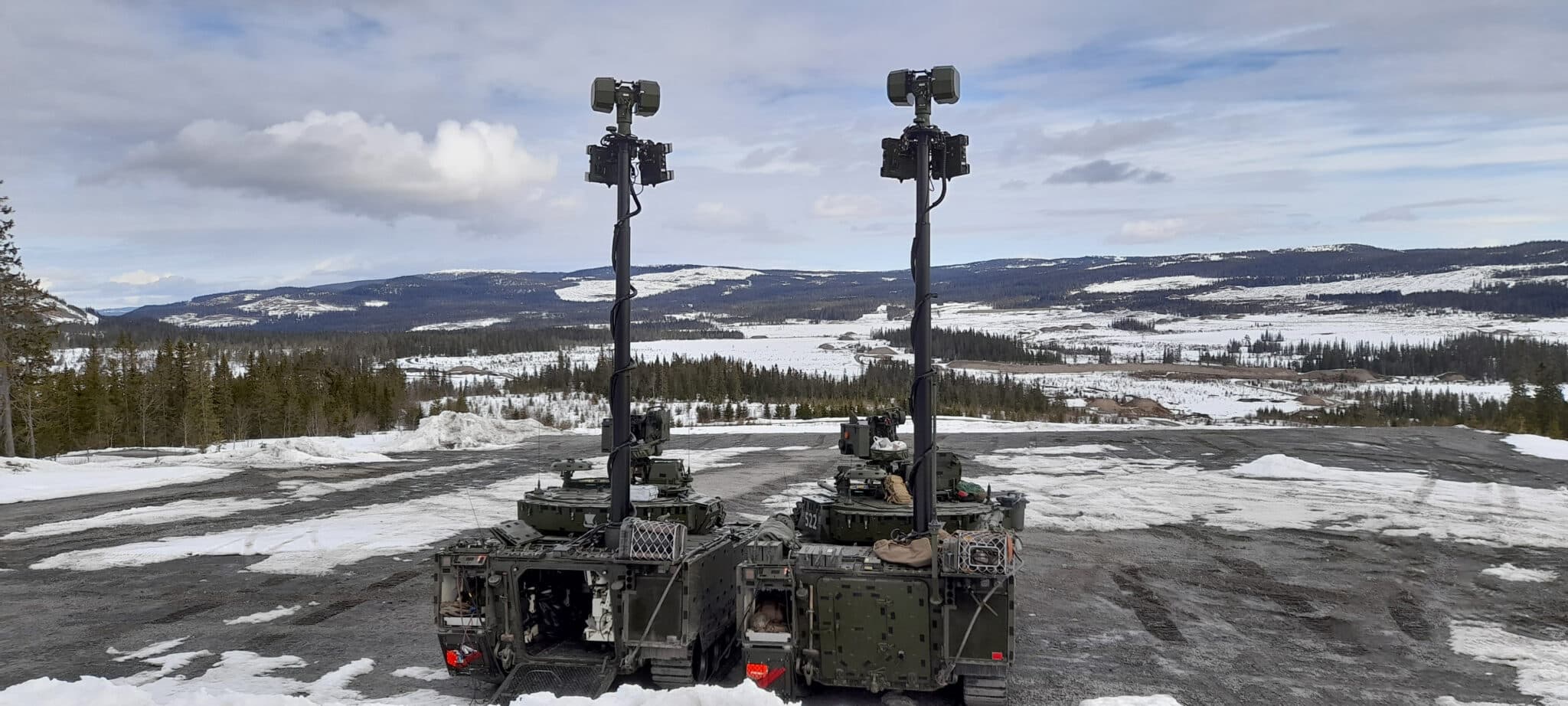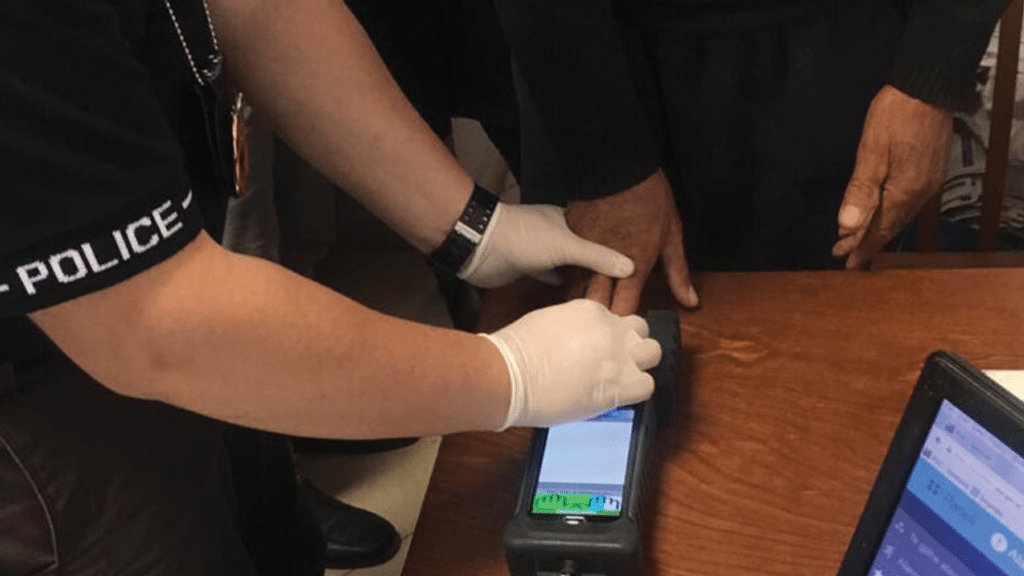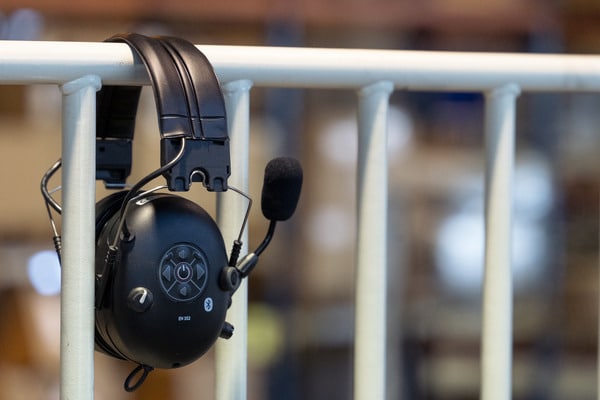NEC Corporation of America (NEC), a provider and integrator of advanced IT, biometrics, communications and networking solutions announced that several of its top-ranked solutions have received Level 2 Certification from the Texas Risk and Authorization Management Program (TX-RAMP). The certification encompasses Integra-ID, NeoFace Reveal (NFR), and Insights for NEC Advanced Recognition Systems (ARS). This expanded certification underscores NEC’s commitment to delivering cutting-edge solutions with a rigorous security-by-design approach to ensure privacy for all.
Integra-ID provides users with multimodal biometric search and storage services. Designed for accuracy and speed, data and transactional archiving, and auditing and reporting, all with cloud hosting capabilities. Integra-ID is backed by a comprehensive range of tools for editing, selection, image enhancement, comparison, and verification.
NeoFace Reveal is a face recognition application providing government agencies the ability to identify facial images (ranging from good to very poor quality) by performing either a one-to-many (1:N) search or one-to-one (1:1) verification against a database of any size. NFR can be used by government agencies to support investigations and detect and prevent fraud. NFR stands out for its ability to provide reliable face recognition, capturing, enhancing, organizing, and matching video and graphic images to specific individuals.
Insights including Archive, ERT and Workbench, is a super suite of applications for system administrators to manage, operate and use the NFR system. From a secured web browser, administrators can ascertain overall system status from a customized dashboard, manage user accounts, monitor processed transactions and perform auditing and reporting of all user activity and events.
The TX-RAMP certification is a significant achievement for NEC, as it highlights the company’s dedication to meeting and exceeding the stringent security and compliance standards set by the Texas Department of Information Resources (DIR). The program, established in response to Texas Senate Bill 475 passed during the 87th Legislative Session, sets forth a standardized approach for the security assessment, authorization, and continuous monitoring of cloud computing services processing state agency data.
TX-RAMP security criterion requirements are derived from the Federal Risk and Authorization Management Program (FedRAMP). FedRAMP is a United States federal government-wide compliance program that provides a standardized approach to security assessment, authorization, and continuous monitoring for cloud products and services.
“We are proud to receive Level 2 Certification from TX-RAMP for our ARS Law Enforcement Biometric Product Suite. This recognition reflects NEC’s unwavering commitment to providing advanced and secure solutions while prioritizing privacy,” said Gary Lac, NEC vice president of solutions development, ARS. “We understand the importance of safeguarding sensitive data, and this certification reinforces our dedication to maintaining the highest standards of security and compliance in the industry,” he added.
With the TX-RAMP certifications in place, NEC is well-positioned to support state agencies and law enforcement in Texas, ensuring that they have access to cutting-edge technology that meets the rigorous security standards mandated by the state.





